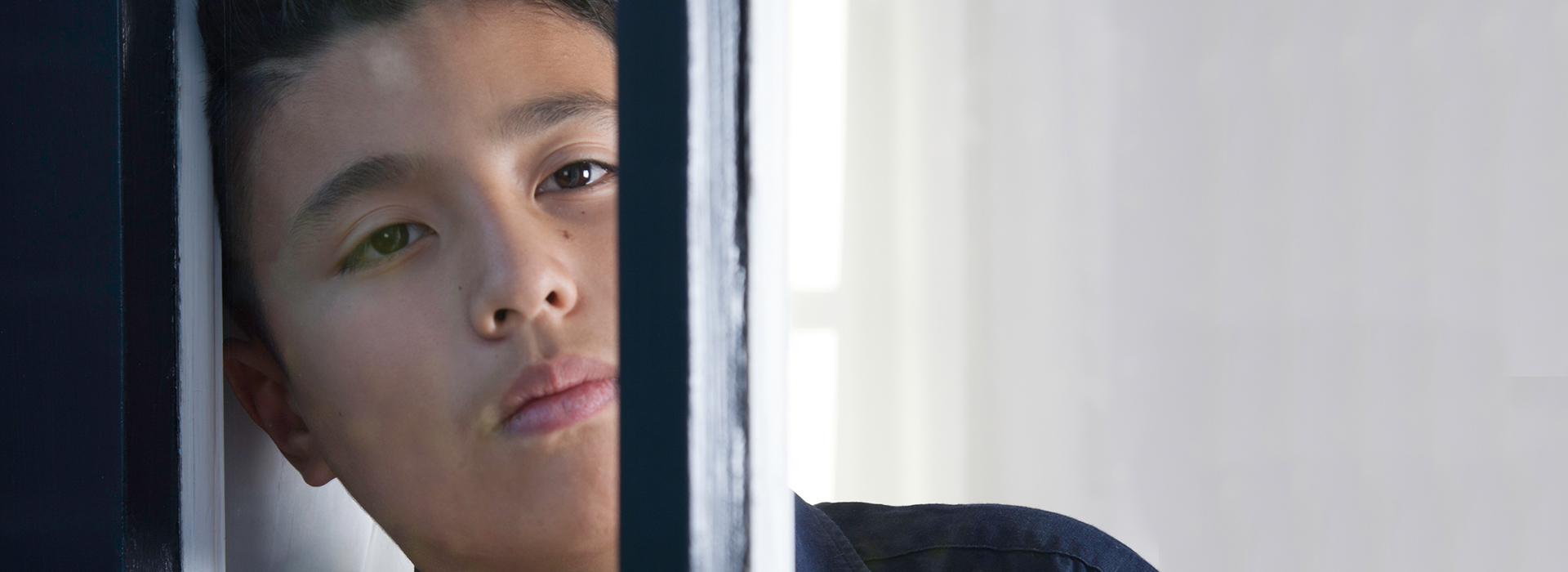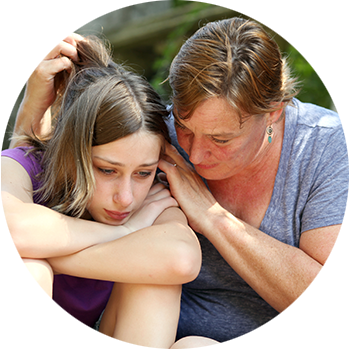Building Healthy Family Relationships
Building strong family relationships supports your child to cope with challenges and ...
READ MEWe want to hear about your experiences with Parentline... Help us improve our service!

"Some children may hide their self-harm injuries, while others might show their scars in public."
- Sarah, Parentline Counsellor
Self-harm varies from person to person.
There isn’t one type of self-harming behaviour.
It may include one or more of the following:
While everybody is different, some reasons why young people self-harm may include:
To escape unbearable emotional distress
To feel something when they are ‘numb’ inside
To cope with overwhelming or inexpressible emotions
To show evidence of their distress on the outside
To ‘punish’ themselves if they feel blamed or guilty
It has become compulsive and they feel unable to stop

Here are some things you can do:
There is support out there to help you and your family.
If you want to learn more about how you can support a child who self-harms or want more resources on this issue please give us a call on 1300 30 1300 (QLD & NT).
Not in QLD or NT? Check out this list of Parentline services in your state or territory.
Building Healthy Family Relationships
Building strong family relationships supports your child to cope with challenges and ...
READ MEAnxiety in Kids
If a child has persistent feelings of worry and fear, it could ...
READ MESocial Anxiety in Kids
Parenting a child with social anxiety can be a challenge, but you're ...
READ MEHow Parentline Can Help You
READ MEParentline is here for you.
Sometimes you just need to talk to someone. Sometimes you need guidance.